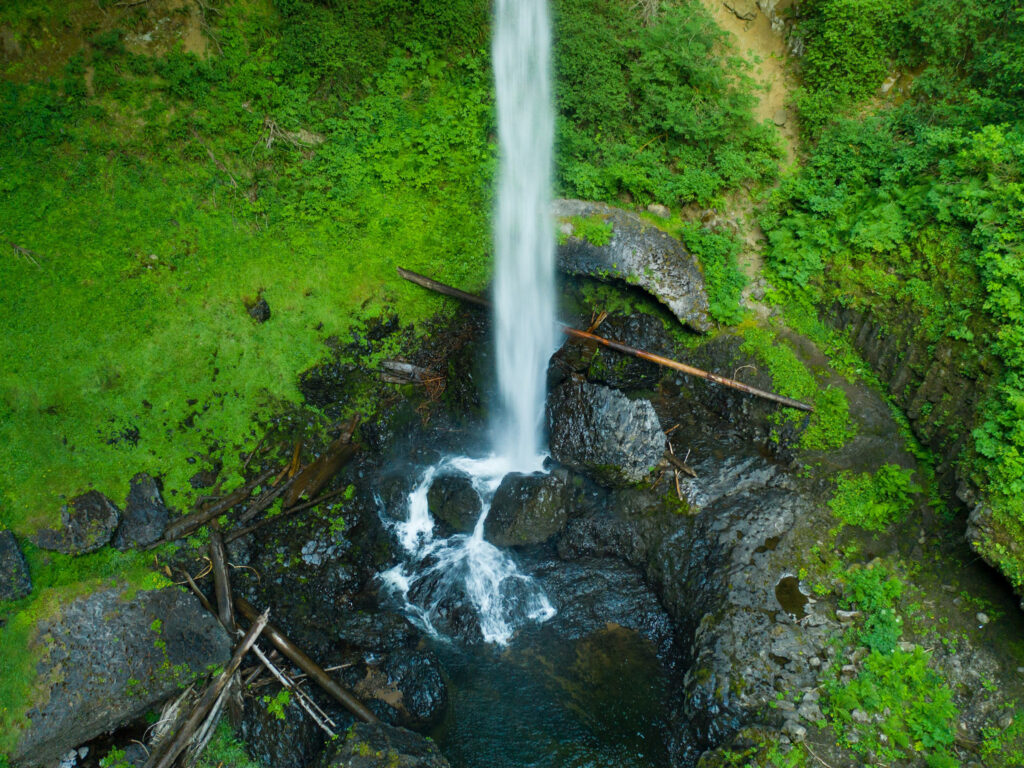Technological Challenge

The apparatus should be able to quantify and monitor the groundwater fluxes surrounding the infrastructure of the Einstein Telescope (tunnels, shafts and cavities) while being minimally non-invasive. Ideally, the system will give access to the magnitude of the flow but also to its direction.
Different methods and tools currently exist : the Borehole dilution test (like the FVPDM), the GeoFlometer, Colloidal Borescope, the Laser Doppler Velocimeter, The Passive Flux Meter, the In Situ Permeable Flow sensor, the Point Velocity Probe, the In Well Point Velocity Probe.
In terms of purely non-invasive methods, the self-potential method has proven to have the capacity under certain conditions to be related to the groundwater fluxes.
Relation to the Einstein Telescope
Relation to the Einstein Telescope
Groundwater flow is a critical component of underground infrastructure. Water flow as part of a drainage system inside tunnels might potentially act as a source of gravity noise and groundwater itself constitutes a possible hazard scenario for deep infrastructures. It is therefore important to continuously monitor its evolution.
Innovation
One challenge lies in the quantification of the fluxes direction, in the development of non-invasive systems, in the long-term monitoring and in having a distributed system capable of measuring the groundwater flow over large distances since the subsurface is heterogeneous for example using fiber optics.
Industrial relevance and further application fields
We are open to any companies’ proposals.
References
For further information and more details about this technology field, please check the following Einstein Telescope Design Reports.
E-TEST Conceptual Design Report:
Einstein Telescope Conceptual Design Report:
Site and Infrastructure: Pages 161-192
Contact to the Einstein Telescope ecosystem
Are you active in this field of technology? Do you have an innovative approach to meet the requirements for Water flow estimation in fractured and porous aquifers ? Then take note of our tenders, join our challenges or simply get in contact with us. Furthermore, you can take a look at the mapping displaying the ET-relevant cempetencies in the EMR-Region. If you would like to be part of this mappink, please contact the business development managers.
Business development contacts
Peter Gier
AGIT DE – p.gier@agit.de
Matthias Grosch
NMWP.NRW DE – matthias.grosch@nmwp.de
Michel Stassart
Skywin BE – michel.stassart@skywin.be
Annick Pierrard
ULiège BE – a.pierrard@uliege.be
Maxime Corvilain
POM Limburg BE – maxime.corvilain@pomlimburg.be
René Kessen
LIOF NL – rene.kessen@liof.nl
Scientific contacts
Serge Brouyère
ULiège BE – serge.brouyere@uliege.be


